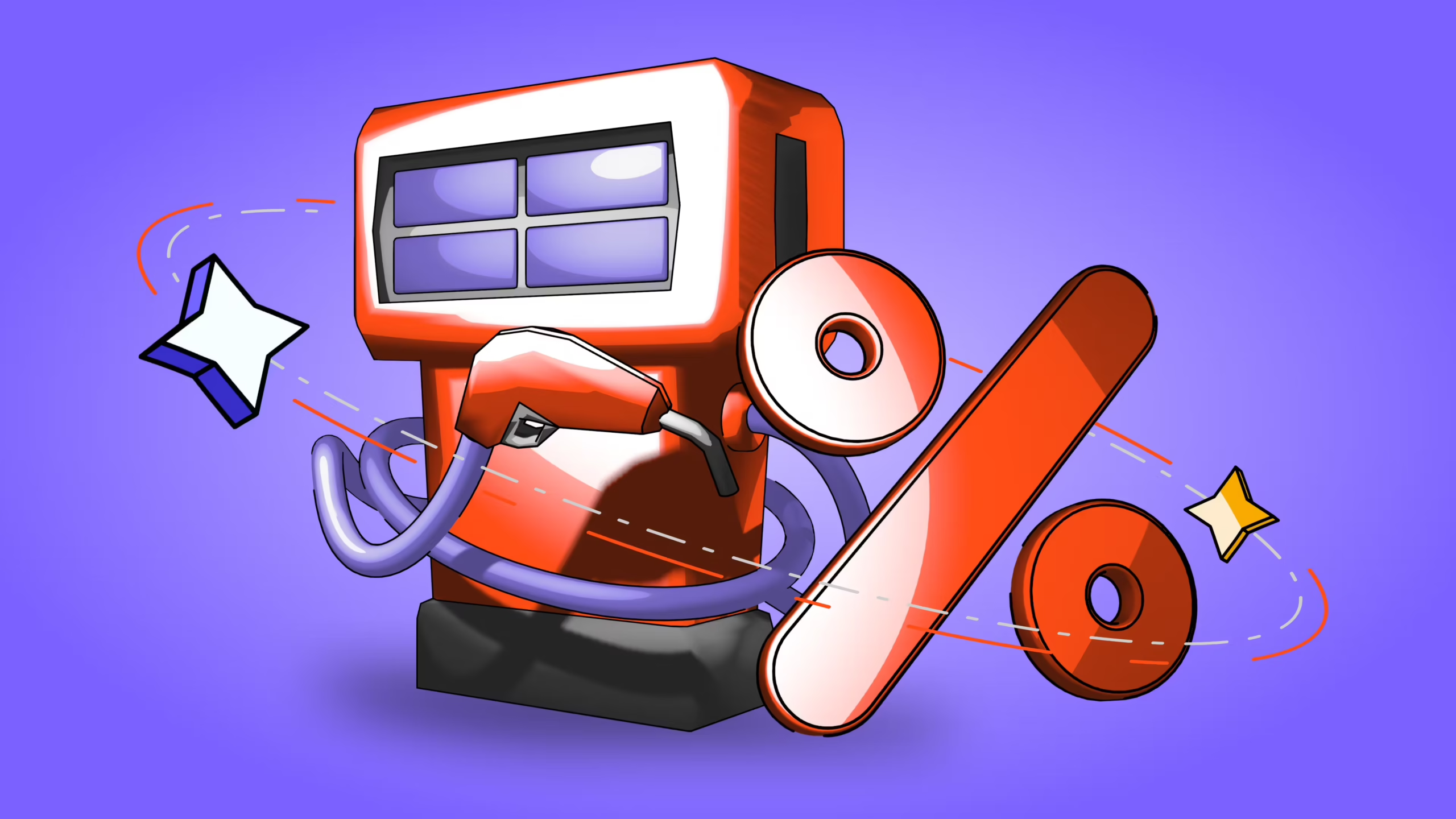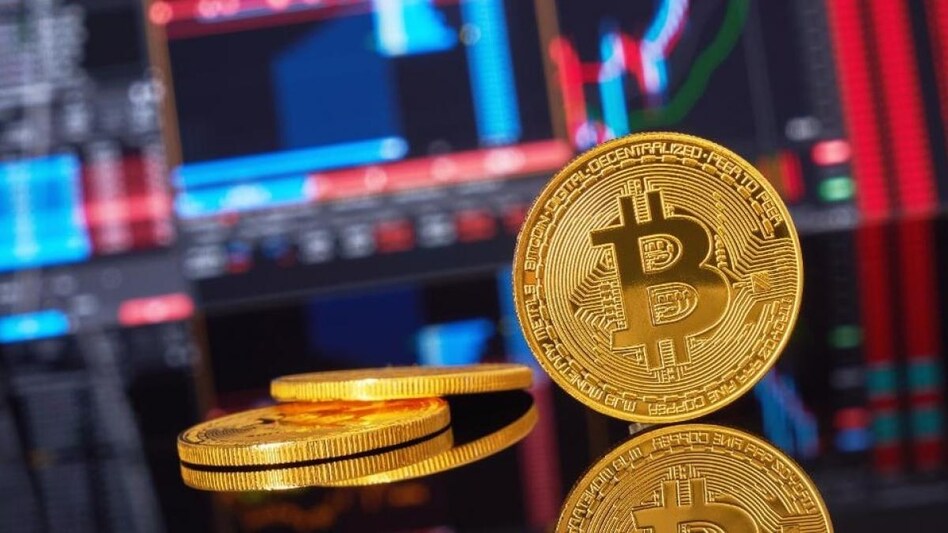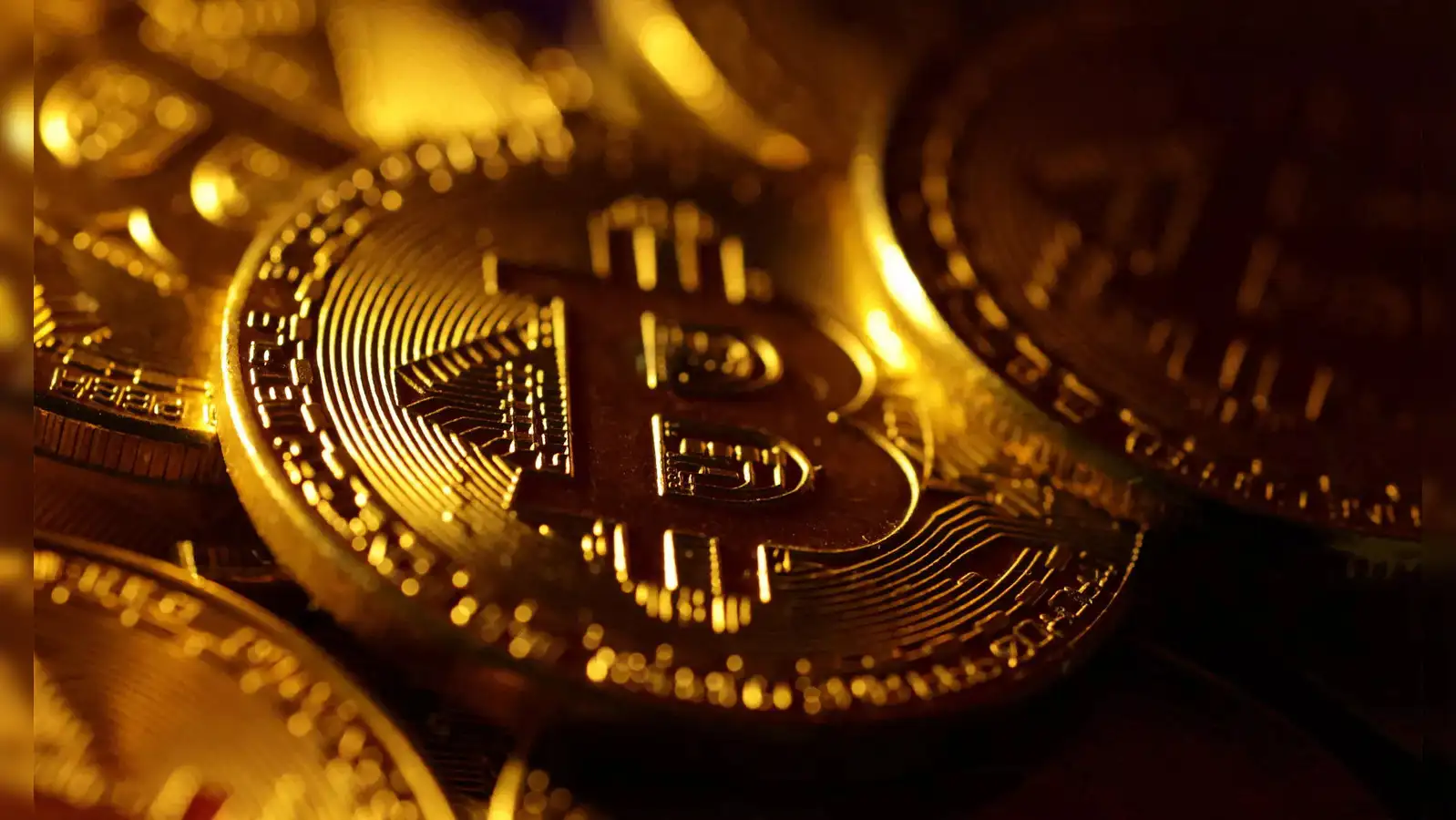Ever felt that sting of an extra charge popping up when you’re trying to buy that exciting new token or make a quick trade on a decentralized exchange (DEX)? You’re not alone! These are gas fees, the transaction fees on blockchain networks like Ethereum, and they can sometimes feel like a significant hurdle in the world of decentralized finance (DeFi).
But don’t let gas fees scare you away. Understanding what they are and how they work is the first step towards navigating them effectively and saving money on your trades. Let’s dive in and demystify this crucial aspect of blockchain trading.
What Exactly Are Gas Fees?
Think of gas fees as the price you pay to get your transaction included in the next block on a blockchain. Miners (or validators, depending on the network’s consensus mechanism) are the ones who process and validate these transactions, and gas fees incentivize them to do so.
Here’s a breakdown of the key components:
- Gas Limit: This is the maximum amount of “gas” you’re willing to spend on a particular transaction. Different actions on the blockchain require varying amounts of computational effort, hence different gas limits. A simple token transfer will require less gas than a complex smart contract interaction.
- Gas Price: This is the price you’re willing to pay per unit of gas. Gas prices are typically denominated in gwei (a small fraction of the network’s native currency, like Ether on Ethereum). The gas price fluctuates based on the network’s congestion. Higher demand for block space leads to higher gas prices.
- Actual Gas Used: This is the actual amount of gas consumed by the transaction once it’s processed. It might be less than or equal to your gas limit, but you only pay for the gas that was actually used.
- Total Gas Fee: This is calculated as: Actual Gas Used x Gas Price.
Why Do Gas Fees Fluctuate So Wildly?
The primary reason for the volatility in gas fees is network congestion. Imagine a busy highway: during rush hour, more cars are trying to use the road, leading to traffic jams and potentially higher tolls. Similarly, when a blockchain network is experiencing high transaction volume (due to popular token launches, NFT drops, or market volatility), more users are competing to get their transactions processed quickly. This increased demand drives up the gas price.
The Impact on Your Trading Costs
High gas fees can significantly eat into your trading profits, especially for smaller trades. Imagine wanting to swap $50 worth of a token, only to find that the gas fee is $20 or more! In such scenarios, the transaction might not be economically viable.
Your Guide to Saving Money on Gas Fees
Now for the good news: there are several strategies you can employ to minimize your gas expenses while trading on the blockchain.
- Trade During Off-Peak Hours: Just like avoiding rush hour on the roads, transacting on the blockchain during periods of lower activity can significantly reduce gas prices. Typically, these off-peak hours are during nights and weekends in major global time zones. Keep an eye on gas trackers (explained below) to identify these less congested times.
- Example: You might find that gas prices on Ethereum are generally lower between 2 AM and 6 AM UTC.
- Utilize Gas Trackers: Several online tools and websites provide real-time information on current gas prices and even suggest optimal gas prices for different transaction speeds. These trackers can be invaluable in helping you decide when to execute your trades.
- Popular Gas Trackers: Etherscan Gas Tracker (for Ethereum), Blocknative Global Gas Estimator, etc.
- Set Appropriate Gas Limits (But Be Careful!): Most wallets allow you to manually adjust the gas limit for your transaction. While setting a lower gas limit might seem like a way to save money, setting it too low can result in your transaction getting stuck or failing altogether, and you might still lose the gas spent. It’s generally safer to rely on the wallet’s suggested gas limit or slightly adjust the gas price instead.
- Consider Layer-2 Solutions: Layer-2 scaling solutions like Polygon, Arbitrum, and Optimism aim to increase transaction throughput and reduce gas fees on networks like Ethereum. If the DEX or platform you’re using supports these solutions, it can be a significantly cheaper alternative for trading.
- Example: Swapping tokens on a DEX built on Polygon often incurs significantly lower fees compared to the same swap on the Ethereum mainnet.
- Batch Your Transactions: If you have multiple transactions to make, some platforms or tools might allow you to batch them into a single transaction. This can save on gas fees as you’re only paying for one transaction instead of several individual ones.
- Be Patient (If Possible): If your trade isn’t urgent, you can afford to wait for gas prices to drop to a more favorable level. Set up price alerts on gas trackers and execute your trades when the fees are within your acceptable range.
- Explore Different Blockchains: Different blockchain networks have varying gas fee structures. Some newer blockchains boast significantly lower transaction fees compared to more established ones like Ethereum. If you’re open to trading on different ecosystems, you might find more cost-effective options.
- Examples: Networks like Solana, Avalanche, and Fantom often have lower transaction fees than Ethereum.
- Understand the Transaction Complexity: Be aware that more complex smart contract interactions (like providing liquidity on a DEX or interacting with certain DeFi protocols) generally require more gas than simple token transfers. Factor this into your trading decisions.
In Conclusion
Gas fees are an inherent part of trading on many blockchain networks, but they don’t have to be a constant drain on your funds. By understanding how they work and implementing these money-saving strategies, you can navigate the world of decentralized finance more efficiently and keep more of your trading profits in your pocket. So, do your research, use the available tools, and trade smarter, not just harder!




 Bitcoin
Bitcoin  Ethereum
Ethereum  Tether
Tether  XRP
XRP  USDC
USDC  Wrapped SOL
Wrapped SOL  Lido Staked Ether
Lido Staked Ether  TRON
TRON  Dogecoin
Dogecoin